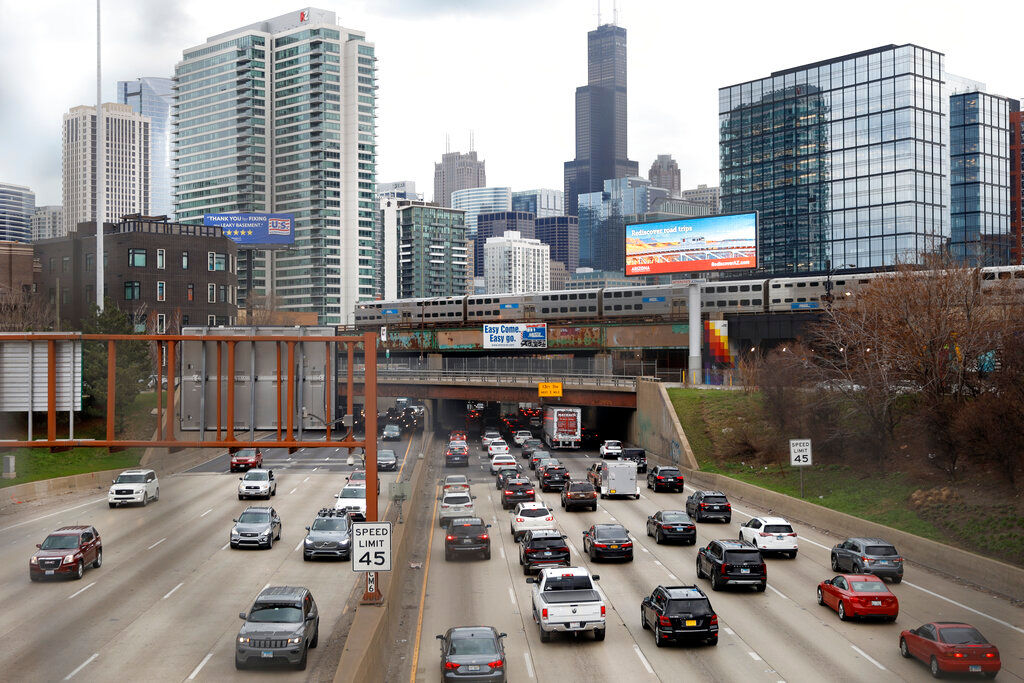Congress has come up with a new requirement for automakers: Find a high-tech way to keep drunk people away from driving cars.
The Associated Press reported that it is one of the mandates along with a burst of new spending aimed at improving auto safety amid escalating road fatalities in the $1 trillion infrastructure package that President Joe Biden is expected to sign soon.
Also read: US-Mexico border reopens after 20 months of COVID shutdown
Under the legislation, monitoring systems to stop intoxicated drivers would roll out in all new vehicles as early as 2026, after the Transportation Department assesses the best form of technology to install in millions of vehicles and automakers are given time to comply.
In all, about $17 billion is allotted to road safety programs, the biggest increase in such funding in decades, according to the Eno Center for Transportation. Transportation Secretary Pete Buttigieg said Monday that could mean more protected bike paths and greener spaces built into busy roadways.
Also read: SpaceX returns 4 astronauts to Earth, ending 200-day space station mission
“It’s monumental,” said Alex Otte, national president of Mothers Against Drunk Driving. Otte called the package the “single most important legislation” in the group’s history that marks “the beginning of the end of drunk driving.”
“It will virtually eliminate the No. 1 killer on America’s roads,” she said.
Last month, the National Highway Traffic Safety Administration reported an estimated 20,160 people died in traffic collisions in the first half of 2021, the highest first-half total since 2006. The agency has pointed to speeding, impaired driving and not wearing seatbelts during the coronavirus pandemic as factors behind the spike.
Also read: US simplifies green card rules for Afghans fleeing Taliban
Each year, around 10,000 people are killed due to alcohol-related crashes in the U.S., making up nearly 30% of all traffic fatalities, according to NHTSA.
Currently, some convicted drunken drivers must use breathalyzer devices attached to an ignition interlock, blowing into a tube and disabling the vehicle if their blood alcohol level is too high. The legislation doesn’t specify the technology, only that it must “passively monitor the performance of a driver of a motor vehicle to accurately identify whether that driver may be impaired.”
Also read: China set to adopt ‘historical resolution’ as Xi Jinping aims lifelong power
Sam Abuelsamid, principal mobility analyst for Guidehouse Insights, said the most likely system to prevent drunken driving is infrared cameras that monitor driver behavior. That technology is already being installed by automakers such as General Motors, BMW and Nissan to track driver attentiveness while using partially automated driver-assist systems.
The cameras make sure a driver is watching the road, and they look for signs of drowsiness, loss of consciousness or impairment.







